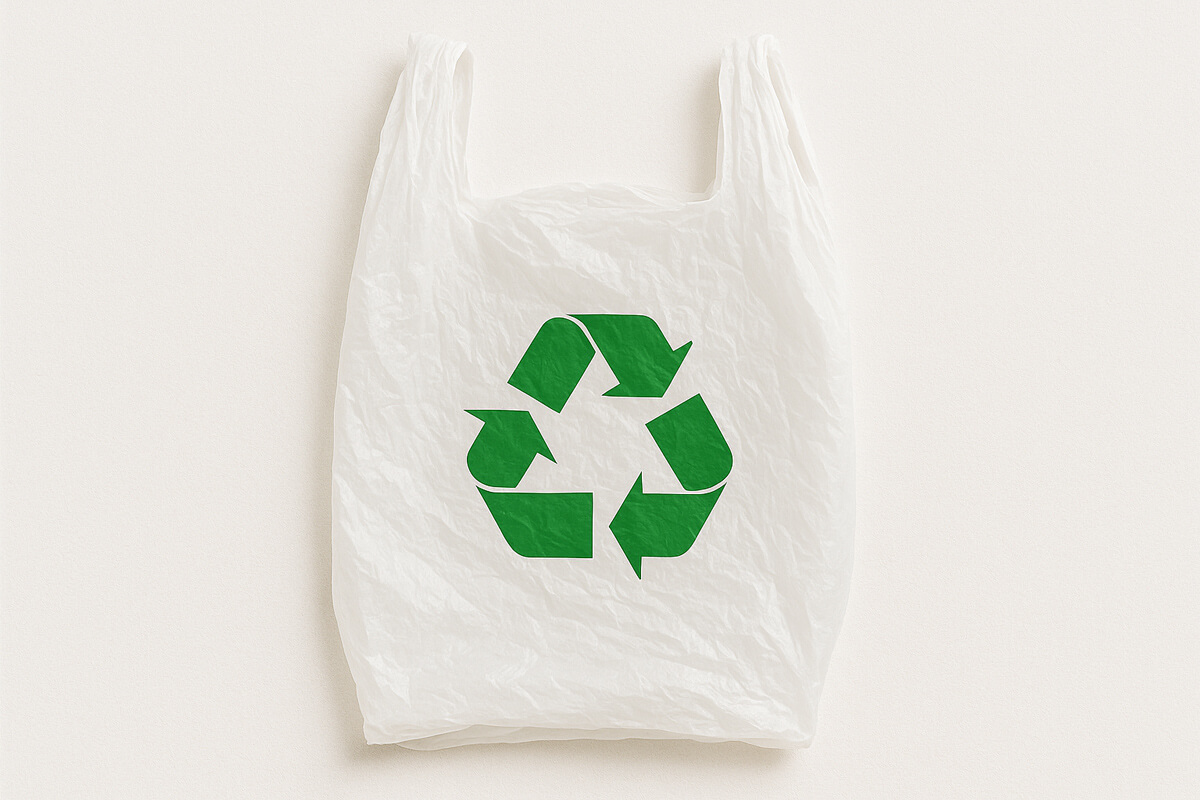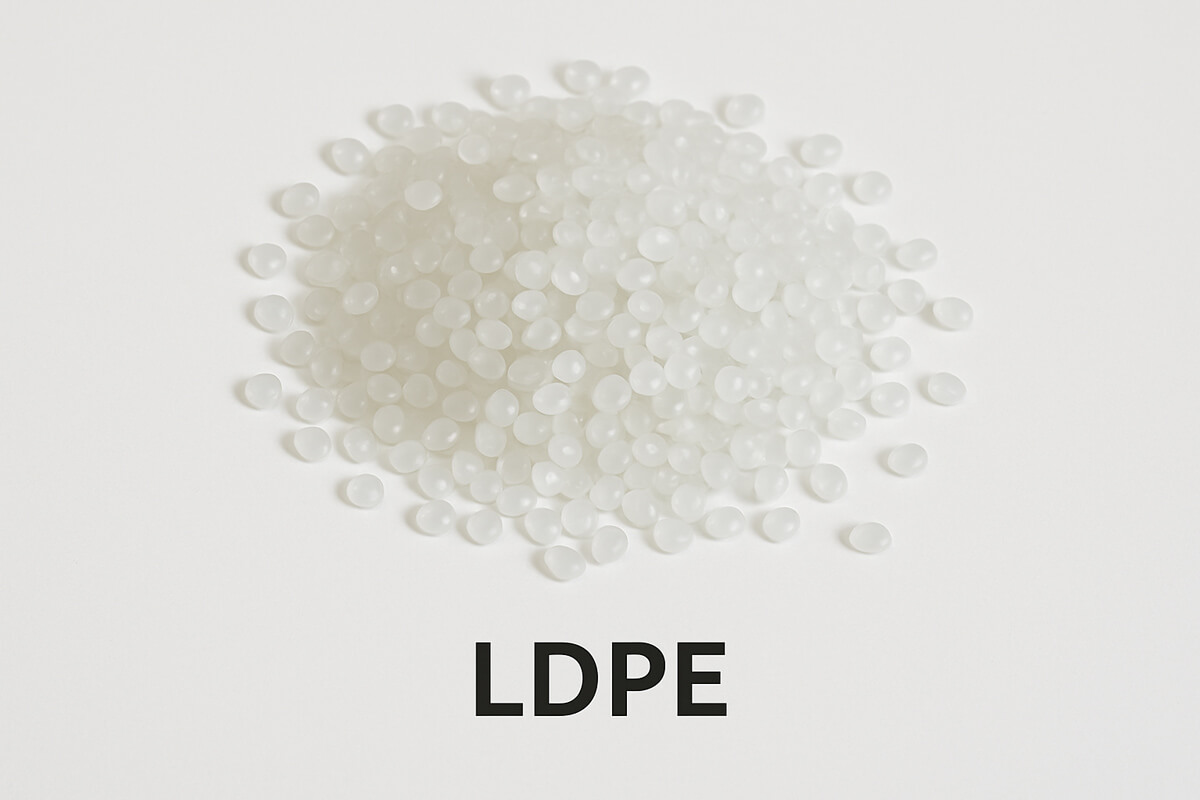
Machine-direction orientation (MDO) film is made where, a polymer film is heated to a temperature slightly below its melting point and stretched in a particular orientation. The film can be cast on an MDO machine, or this step introduced as the last stage in the manufacture of blown films.
Benefits of MDO Film?
Material Efficiency
Less raw material used, leading to reduced mass and lower transportation costsCarbon Reduction
Improves company’s green credentials by shrinking carbon footprintConfigurable Film
Film can be tailored to specific requirements, such as low or high gloss, polarisation, or hazeMechanical Performance
Improved mechanical properties, including puncture resistance and easy tearing in a particular direction
Sustainable
MDO films enable single-material packaging that can be recycled, replacing complex layered films that typically end up in landfills.Cost Reduction
These films require less raw material than traditional options and eliminate the need for non-recyclable alternatives, lowering overall packaging expenses.Applications of MDO technology
MDO films serve multiple purposes across different industries:
- Food packaging containers, stand-up pouches, and protective wraps that help maintain product freshness
- Hygiene products like diapers, sanitary pads, and incontinence products, where they act as waterproof barriers due to their moisture resistance
- Industrial and agricultural films for various protective applications
- Biodegradable options made from natural materials that break down over time
How MDO is made
The production process involves four distinct steps, and getting the settings wrong at any stage can result in films that crack or tear too easily. While the concept of stretching plastic film sounds straightforward, the process fundamentally changes how the material behaves and performs.
1
Preheating
2
Orientation
3
Annealing
4
Cooling
Finally it is cooled, when the film is brought back to near room temperature.
The challenges surrounding MDO
Nowadays, issues arise because the equipment used to produce MDO film has an almost infinitely varied number of settings. This level of flexibility is an asset, but it requires expert operators who have enough experience to possess a feel for the likely outcome whenever variables are changed.
Also, operators need to know their materials, since the draw ratio for the finished film depends upon the original polymer. Some materials cannot be MD oriented at all because their composition results in a film with very poor tensile strength.
MDO film is one of this century’s engineering triumphs. The process not only results in the decreased use of raw materials and improved transportation costs, but produces films with varied mechanical and optical properties, making them suitable for purposes from nappies to synthetic woven sacking. As MDO technology and materials science advances, expect this indispensable process to dominate industry to an ever greater extent in the future.




